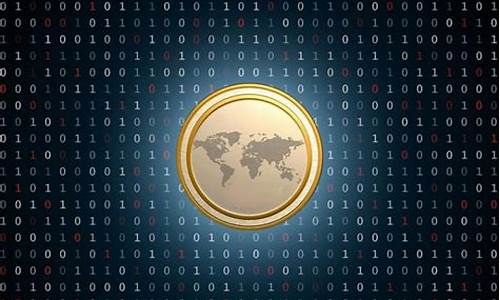
The future of Internet of Things (IoT) and digital currency is a topic of great interest and
discussion in the financial and technology industries. As IoT devices become more
common and connected, there is a growing need for a secure and efficient way to
transfer value between these devices and people. This is where digital currencies
come into play as they offer a decentralized and transparent way to transfer value
without the need for intermediaries such as banks or payment processors.
One potential use case for IoT digital currencies is in supply chain management. By
using IoT devices to track inventory and shipments, companies can reduce costs,
increase efficiency, and improve transparency in their supply chains. In addition,
digital currencies can be used to pay for goods and services directly between IoT
devices, eliminating the need for middlemen such as payment processors or banks.
Another potential application of IoT digital currencies is in the field of energy
management. By using IoT devices to monitor energy usage and optimize consumption,
companies can reduce their carbon footprint and save money on energy bills. Digital
currencies can also be used to pay for renewable energy sources such as solar or wind
energy, further reducing the environmental impact of energy consumption.
However, there are also challenges that must be addressed before IoT digital
currencies can become mainstream. One challenge is security, as IoT devices are often
vulnerable to hacking and theft. To address this issue, developers must implement
secure coding practices and use encryption to protect sensitive data. Additionally,
there may be regulatory hurdles to overcome before IoT digital currencies can be widely
used in certain industries or jurisdictions.
In conclusion, the future of IoT and digital currencies is promising but requires
addressing several challenges. As technology continues to advance, it is likely that we
will see more innovative applications of digital currencies in various industries,
including supply chain management and energy management. However, it will take time
and careful planning to ensure that these technologies are secure, reliable, and
compliant with relevant regulations.










评论列表